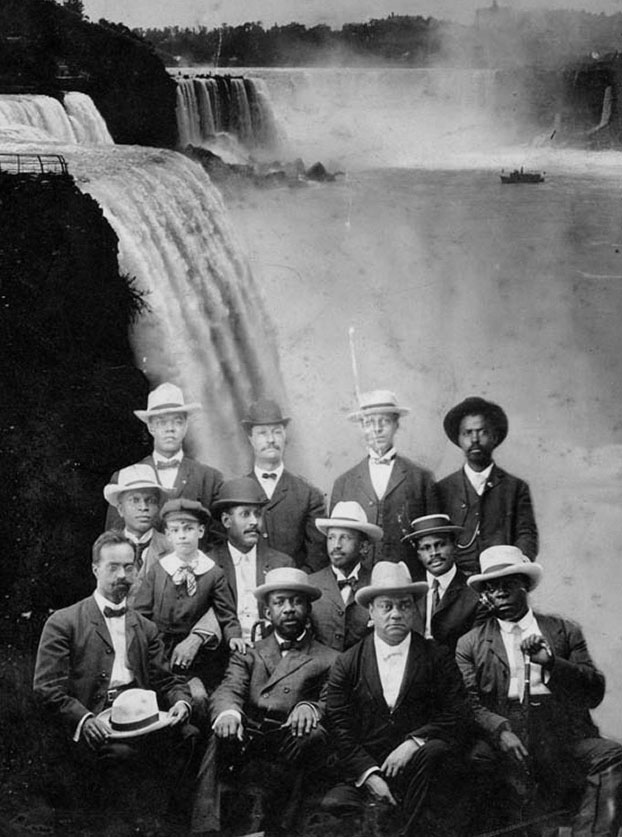On this day (July 11) in 1905, W.E.B. Du Bois founded the Niagara Movement to aggressively petition for civil rights for African-Americans. The Niagara Movement was founded in response to the frustration felt by some Black activists over what they viewed to be a policy of appeasement adopted by Tuskegee Institute founder Booker T. Washington.
Joined by journalist William Monroe Trotter, Du Bois gathered a group of more than 50 Black men on the Canadian side of Niagara Falls, after which the movement was named. They were forced to cross the border after a white hotel refused them lodging.

The movement developed a Declaration of Principles that served as a manifesto for the rights of Black people. The group disbanded in 1911 because of limited resources and clashes over its agenda, leading Du Bois to later co-found the NAACP.
Click play to listen to the AURN News report from Clay Cane. Follow @claycane & @aurnonline for more.



